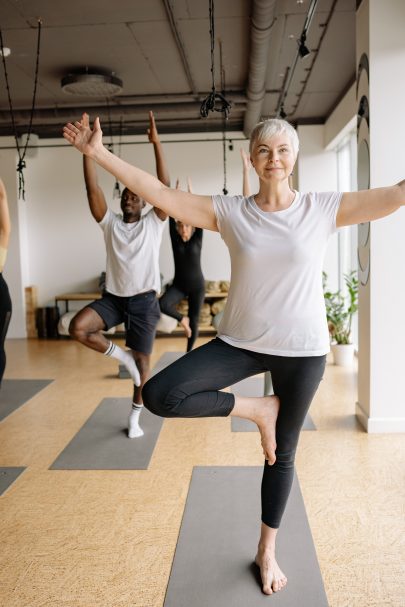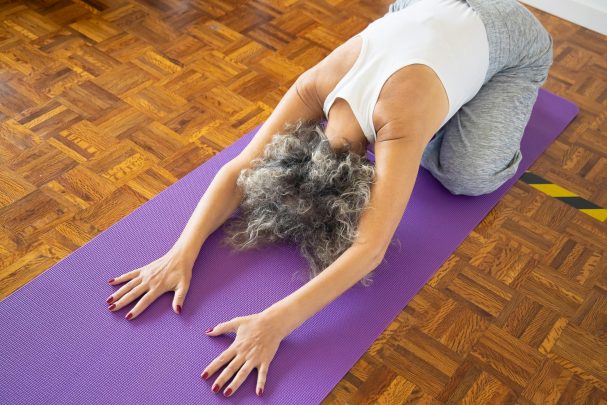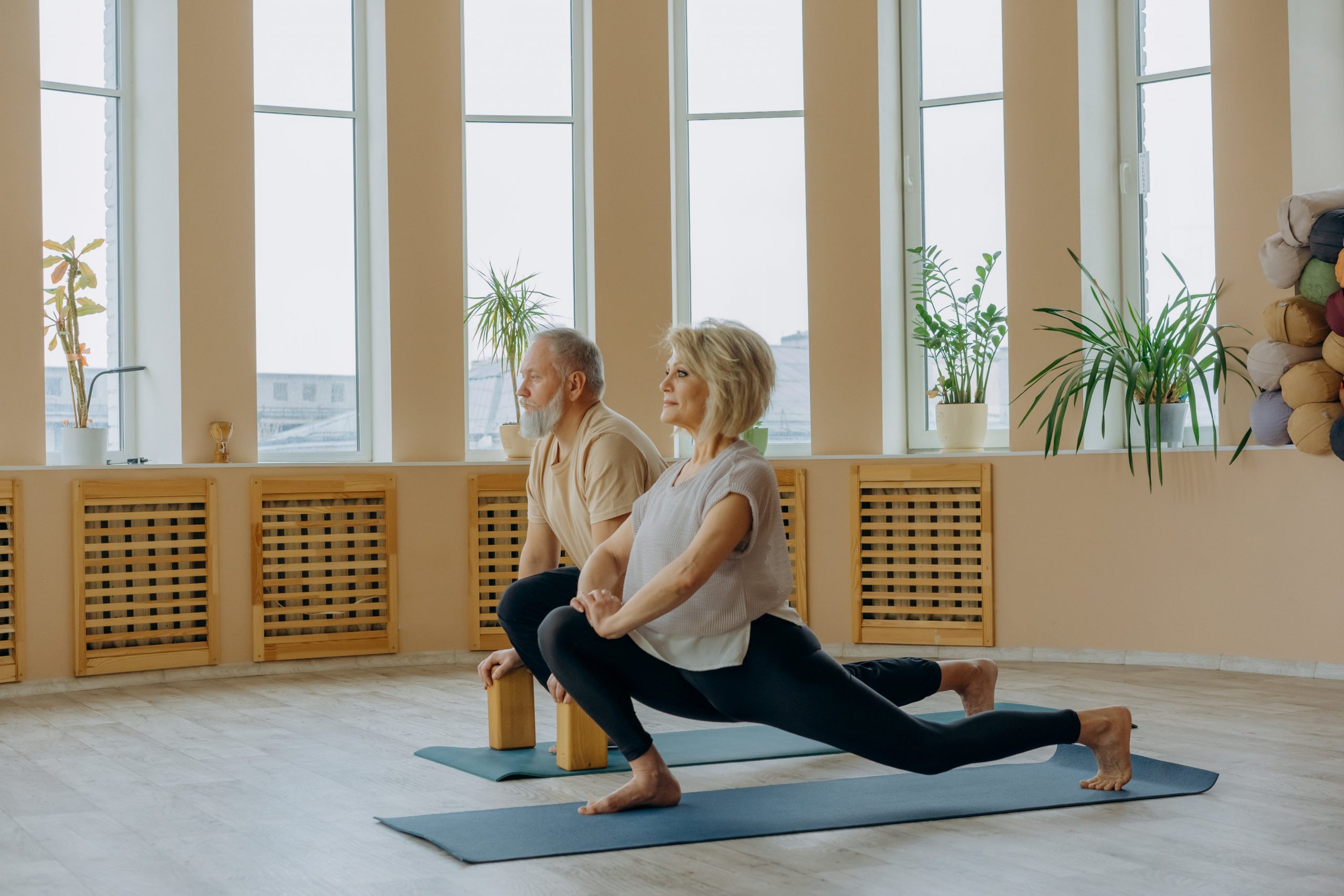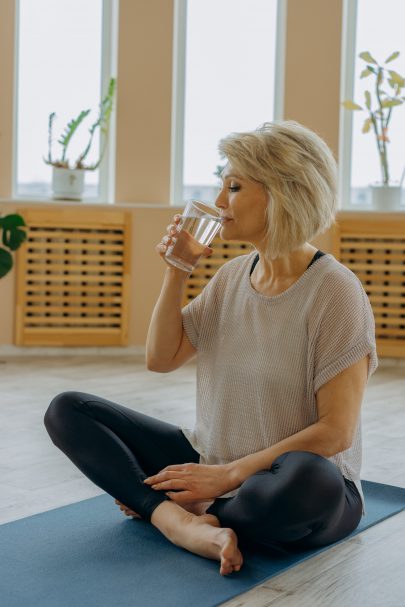Yoga has plenty of benefits, most notably the ability to reduce heart disease. But did you know it’s never too late to start your meditation and yoga journey? Here’s how to start yoga after 50.
ALSO SEE: Why yoga and low-intensity exercises are your next superpowers
Gentle warm-ups
Start each yoga session with gentle warm-ups to ease into the practice. Focus on joint rotations, neck stretches, and easy spinal twists. This will prepare your body for the more dynamic poses ahead, ensuring a smoother and safer experience.
Mindful breathing
One of the key aspects of yoga is breathwork, as breathing consciously can be a game-changer for overall well-being. By incorporating mindful breathing exercises into your routine, you can enhance lung capacity, reduce stress, and promote mental clarity.

Pexels
Modify poses to suit your body
Yoga is a personal journey, and it’s essential to modify poses according to your body’s needs. Use props like blocks and straps to provide support and make poses more accessible. This approach ensures that you reap the benefits without straining your muscles.
Balance and stability
As we age, maintaining a strong sense of balance becomes crucial. With the right poses and movements, you can enhance your balance and stability. For example, poses like Tree Pose and Warrior III not only build strength but also improve coordination, reducing the risk of falls.

Pexels
Mindfulness meditation
Incorporate mindfulness meditation into your yoga routine. Take a few moments at the end of your practice to sit quietly, observe your breath, and cultivate a sense of inner calm. This can be a wonderful tool for managing stress and promoting emotional well-being.
Listen to your body
One of the most important tips for yoga practitioners over 50 is to listen to your body. Respect its limitations, and don’t push yourself into discomfort. Yoga is about self-love and acceptance, not competition.

Pexels
Explore chair yoga
If you have limited mobility or balance concerns, consider chair yoga. Many traditional poses can be adapted to a seated position, making yoga accessible to everyone.
Socialise and join classes
When starting your yoga journey, consider joining group yoga classes or engaging in community yoga sessions. Not only does this provide a sense of camaraderie, but it also adds a social dimension to your practice, making it an enjoyable experience.

Pexels
Hydrate and nourish:
Proper hydration and nutrition are crucial for supporting your overall health and maintaining energy levels. But, it’s even more important while you engage in yoga. While it’s a low-impact exercise, you’d be surprised how much you work up a sweat and calories you burn.
Celebrate progress, not perfection:
Finally, celebrate your progress on this yoga journey. It’s not about achieving perfection in poses but about the joy of the practice. Embrace the process, and relish in the newfound sense of well-being that yoga brings to your life.
By incorporating these tips into your practice, you’re not only investing in your physical well-being but also embracing the beauty of ageing with grace and vitality.
ALSO SEE:
Yoga for menstrual cramps: 5 sequences to help you feel better
Featured Image: Pexels

